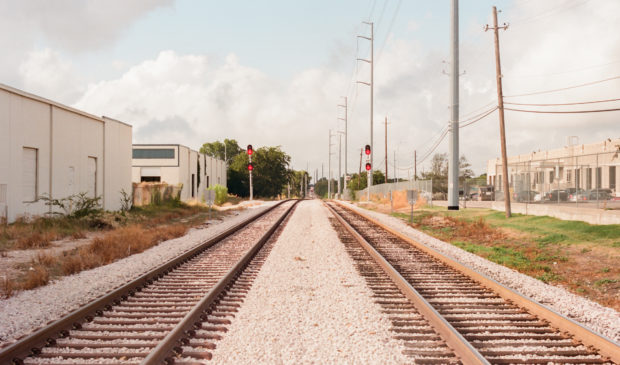Real estate, transit leaders see potential for change in Project Connect plans
Thursday, September 1, 2022 by
Chad Swiatecki As planning and early design work on the Project Connect mass transit plan moves forward, with cost increases mounting due to inflation and scope expansion, a Dallas developer told Austin real estate leaders recently that the city has an opportunity to remake transportation policy and serve as a model for other U.S. cities.
At the August breakfast panel discussion held by Urban Land Institute Austin, Joseph Pitchford, managing director of development for Crescent Real Estate, said Project Connect’s emphasis on anti-displacement measures and attempts to include equity considerations in transit-oriented developments along new transit lines will bring attention from around the country.
“There is still that fear and concern of, are we going to get it right? Coming from the perspective of Dallas where we’re proud of the miles of light rail we have … we lag in terms of how those miles have been put together for use of transit-oriented development,” he said. “And for sure, we lag in terms of how those miles have been put to use related to equitable transit-oriented development. Here’s a chance for Austin with an incredible investment to get it right.”
Progress on the assorted light rail and bus lines and other components of the transit plan approved by voters in 2020 remains in the very early stages, with the city in June approving the first use of some of the $300 million in anti-displacement funds to purchase apartment complexes earmarked for low-income residents.
Total costs for the entire transit plan have increased through the early design phase from an estimated $5.8 billion to $10.3 billion, with the recently formed Austin Transit Partnership organization finding that those costs are expected to continue to increase.
Greg Canally, interim executive director of ATP, said cost increases tend to present themselves in the early design phase, which is when planners can make changes to design and construction plans or financing models to accommodate the new cost estimates. One of the primary causes for the increase, he said, is the rising cost of real estate needed for rights of way along planned transit lines.
“We’re in a really good place right now. When we’re confronted with these cost challenges, we’re in a part of the project that’s the project development phase, and we were able to assemble experts from all over the country to tell us and assure us that the time to go through looking at all the data and planning to do the technical and financial reviews is now,” he said. “Things are at a point now where we’re going back and looking at the work done and updating the implementation plan by looking at more at-grade solutions where currently we have underground. And where we do have underground, can we look at simpler options.”
Canally said ATP has recently contracted with experienced right-of-way acquisition consultants to help advise stakeholders on how best to move forward. Other ongoing projects include utility work and looking at what vehicles and mobility systems will fit best along assorted portions of the whole system.
Another priority related to Project Connect will be getting equity considerations included in upcoming transit-oriented development plans headed through city approvals.
Annick Beaudet, the city’s mobility officer, said the recent emphasis and shift in favor of equitable TODs will also factor into a new TOD policy plan set for Council consideration later this year.
“What you see now with equitable TOD is a more focused goal of being more people-centric, and focused more on outcomes instead of what needs to be done to the built environment,” she said. “At the core of what we’re doing is not losing sight of what the built environment needs to look like. We have the time to get it right as far as who we want to serve and maintaining those who are already here.”
Photo made available through a Creative Commons license.
The Austin Monitor’s work is made possible by donations from the community. Though our reporting covers donors from time to time, we are careful to keep business and editorial efforts separate while maintaining transparency. A complete list of donors is available here, and our code of ethics is explained here.
You're a community leader
And we’re honored you look to us for serious, in-depth news. You know a strong community needs local and dedicated watchdog reporting. We’re here for you and that won’t change. Now will you take the powerful next step and support our nonprofit news organization?



